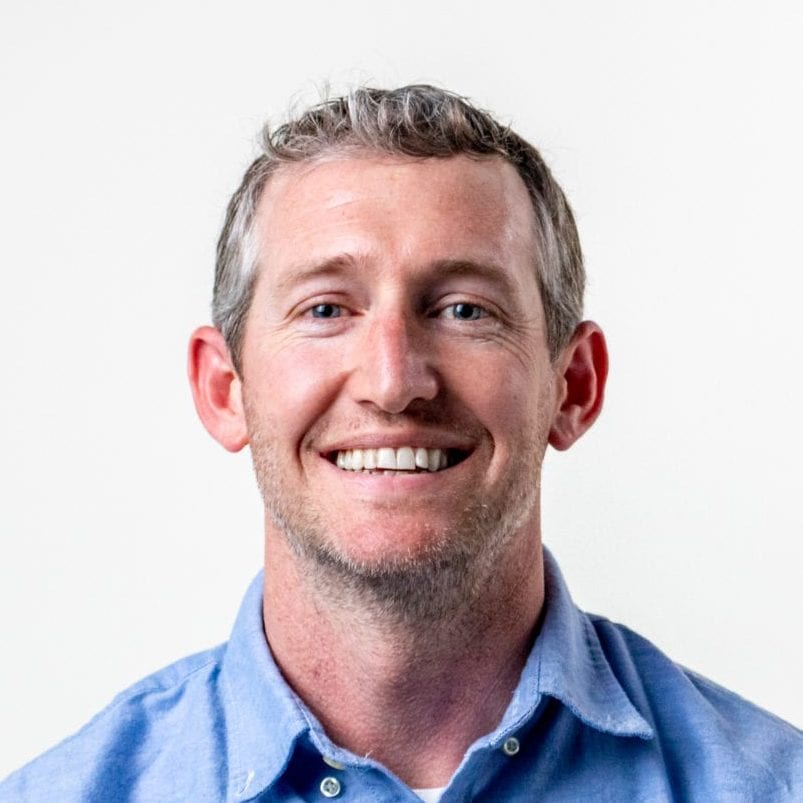What is your purpose in life? I know that can sound like a very philosophical and maybe even daunting question to ask.
Or how about if I asked you what success looks like in your personal life? Again, many of us would struggle to answer that because at times it’s hard to know what the scoreboard looks like.
How different would your personal (and maybe even professional) life look if you knew your life’s purpose?
We all have an innate, unique life vision. This vision transcends our job and gets to the core of our purpose in this life. You don’t create your life vision, you discover it. And the good news is that finding your personal vision is not an esoteric exercise. It’s a very down-to-earth process initiated by asking yourself a few questions.
Question #1:
What are the 5 things I do better than most people?
This question is about your strengths. It’s not about comparing yourself to others but in identifying those natural gifts and skills that you have been given and refined over the years.
After you take some time to list out your 5 strengths, share them with a family member or close friend to review and provide further insight.
You can also take an assessment to help you get a more accurate understanding of your strengths. I highly recommend StrengthsFinder 2.0 by Gallup.
Question #2:
If money were no object, what 5 activities would I fill my time with?
The answer to this question helps you articulate what you are truly passionate about. Those people and activities that are the highest priorities in your life. In essence, you are creating your personal core values.
Question #3:
What are the 5 most influential events or stories from my past?
These are your significant stories. These could be positive or uplifting stories that we wish we could relive over and over again. Or they could be heartbreaking stories that we never want to revisit. Regardless, it’s important that we take time to lean into these stories — especially the difficult ones — because sometimes the most challenging moments of our life are the ones that are most significant in shaping who we are today.
When you think through your significant stories, be specific. Think of a specific time, place, setting, and people. Get past the facts of the story and think through the emotions you were feeling. What impact did that story have on you? If the story involves someone else, what contribution did you make to them?
I first became acquainted with the power of significant stories from the book Find Your Why by Simon Sinek. Sinek comments on the importance of these stories, saying, “At its core the WHY (personal vision) is an origin story. Who we are is the sum total of all the experiences we’ve had growing up—the lessons we learned, the teachers we had, and the things we did.”
To take your significant stories exercise to the next level, I highly recommend that you find a trusted family member or friend to share these stories with. The simple act of sharing our stories with someone else will help us identify potentially hidden lessons that we couldn’t recognize on our own.
Question #4:
What are the common themes?
As you look at your answers to questions #1-3, what are the common themes you see? What areas of passion, that you are also good at, are a part of one of your significant stories (where you used that passion/strength)?
I recommend that you try to come up with at least 5 different themes. It is also beneficial to bring a family member or trusted friend into this process to help you identify those themes. They will bring some valuable insight.
Question #5:
What is your personal vision statement?
After you have identified your themes, the next step is to narrow them down to the one or two most significant themes. Then, summarize those theme(s) into a short sentence or phrase. Don’t worry about getting the words just right. Create a rough draft, let it sit for a few days, and then revise it accordingly.
One you’re finished, just like an organization has a mission statement, you now have your very own personal vision statement.
Game Plan
I would encourage you to set aside some time to go through the personal vision discovery process. Here’s a recap of what you need to do:
-
- Answer questions #1-3 on your own.
- Find a trusted family member or friend and share with them your answers (set aside about 2-3 hours for this step.)
- With your trusted family member or friend, answer question #4 on your own and then compare your answers. Then, together, narrow down your themes to the one or two most significant themes.
- With your trusted family member or friend, answer question #5 on your own and then compare your answers. Revise accordingly.
- Post your personal vision statement in a place where you can see it regularly and after a few days revise it. Keep revising and sharing it with others to get their feedback. You will know your statement is “complete” when you share it with others and it inspires both you and them.
If you need help going through the personal vision discovery process, send me a message via social media or on our contact page. We can schedule a complimentary introductory session and begin the discussion to help you discover your personal vision.
Tweetable Lesson


0 Comments